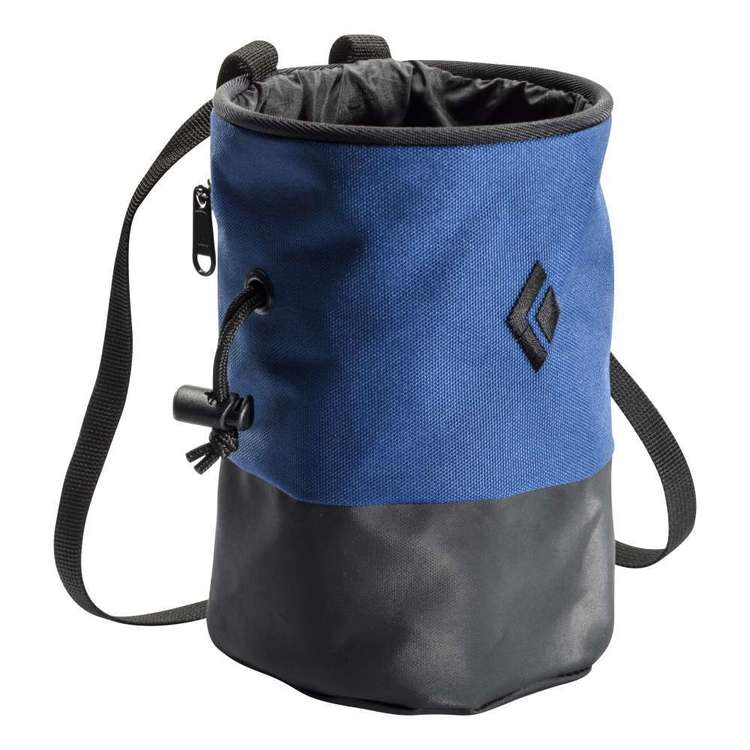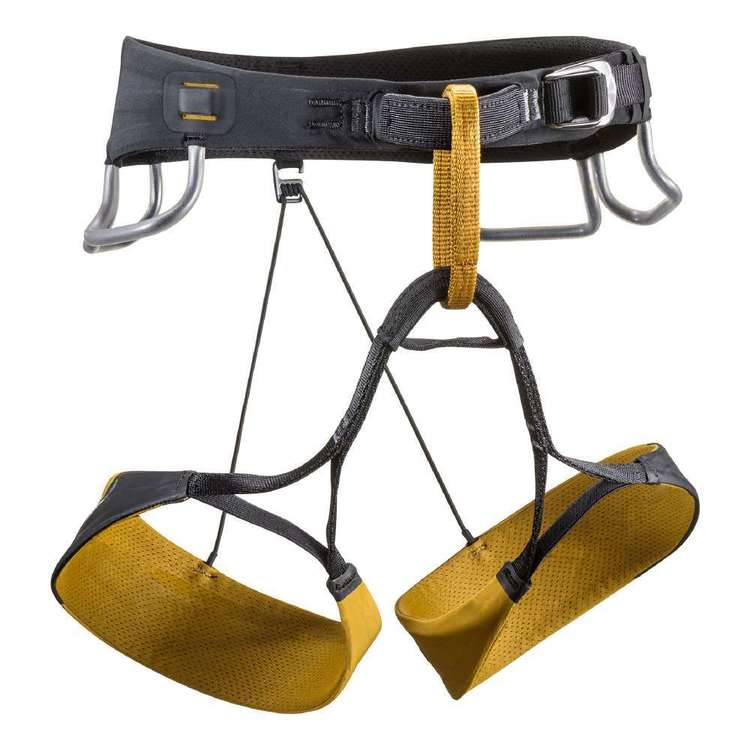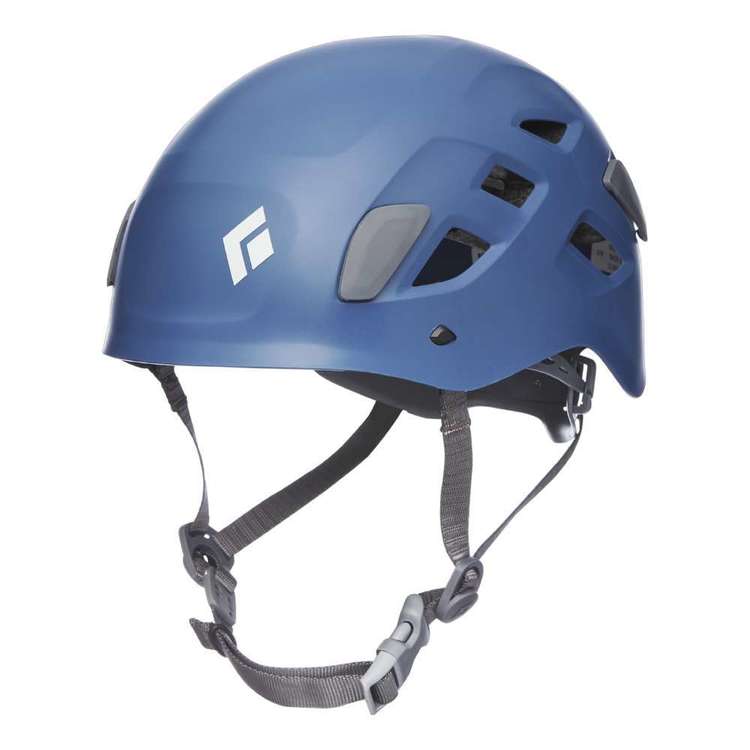| Your browser is not supported. | ||
|
Please browse our site using any of the following options:
| ||
Types Of Rock Climbing
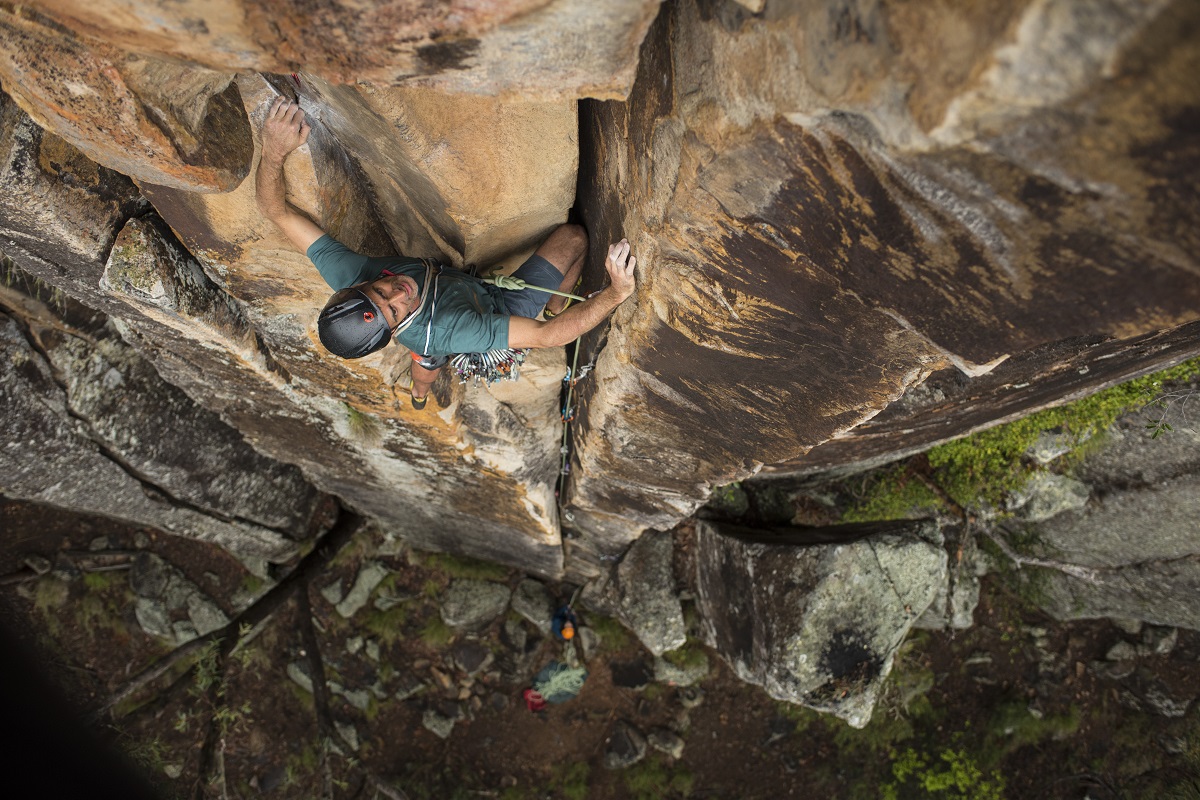
Whether you're chasing the thrill of the ascent, or you're a fitness freak, or it could be the rush of pure elation when you reach the top, climbing attracts all kinds of people and comes in a number of forms. To help you get started, we've put together a quick guide on the main types of climbing.
1. Trad Climbing
Trad climbing, or traditional climbing, is a type of rock climbing where the climber has ropes and other safety gear to catch them if they fall, which then gets removed when the pitch is complete. The equipment does not aid the ascent, so the reliance is on your hands and feet (or any other body part you need) to climb the rock's natural features. Trad climbing can be as long as the length of one rope (one pitch) or long multi-pitch routes. It is technical and highly skilful.
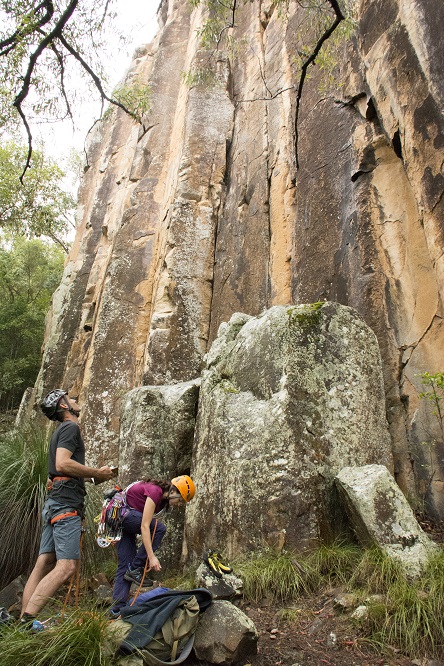
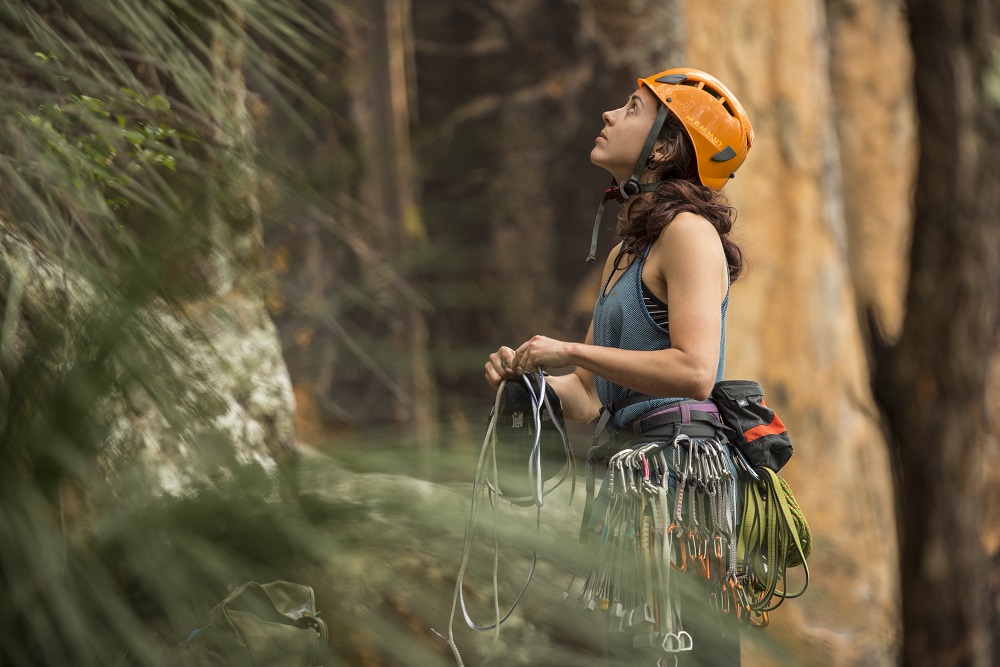
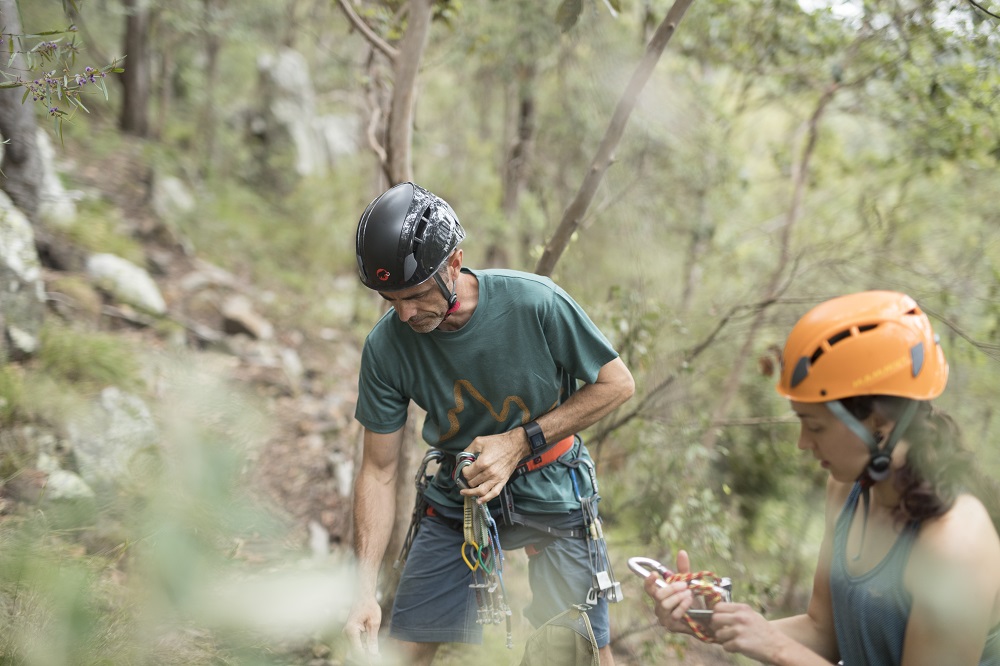
Trad climbing.
2. Free Soloing
Free soloing is next level adrenaline and is not for the faint-hearted. There are no ropes and no anchors, so if you fall it's just you and the ground. Elite American climber Alex Honnold is the world's most famous free soloist and is known for his epic free solo climbs of the big walls in Yosemite National Park, such as El Capitan.
A niche form of free soloing is Deep Water Soloing (DWS). In DWS you climb without a rope or protection above deep water - often the ocean. In this way, if you slip and come undone you have the water to break your fall. Unless you need a boat to access the climbing area, you need minimal equipment and can try more risky moves than Free Soloing.
3. Bouldering
To try your hand at bouldering all you need is some chalk and a crash pad to soften your fall. In this type of unroped climbing you climb close to the ground on a large rock. Although it's one of the simplest types of climbing, it often involves steeper terrain and takes a lot of strength and technique. Most indoor climbing gyms have bouldering sections where you can refine your technique and build your strength even if you don't have much experience.
4. Sport Climbing
Sport climbing relies on permanent anchors (and often bolts) that are fixed into the rock for safety - contrasting with traditional rock climbing where climbers place removable protection into the rock as they go. Pre-planned routes with permanent anchors allows a quicker ascent, gymnastic movement and risky moves.
5. Top-Rope
Top-rope climbing is where a safety rope runs from a belayer (a partner that controls the rope tension) at the foot of the climb, through an anchor system at the top and back down to the climber's harness. This is a popular method for beginners, particularly in climbing gyms.
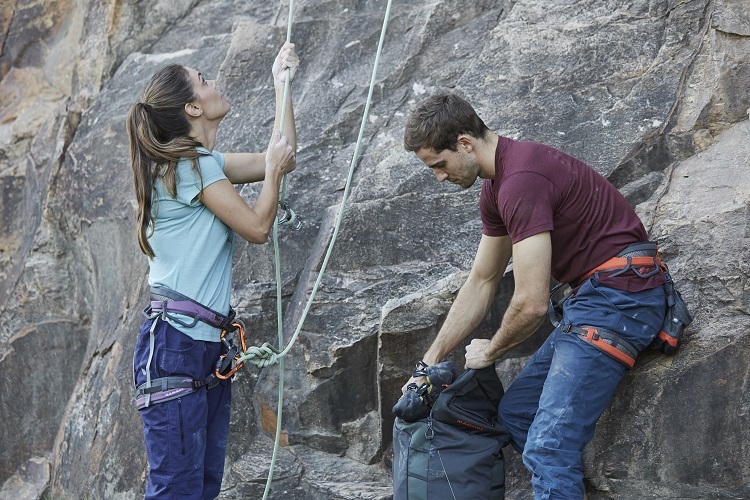
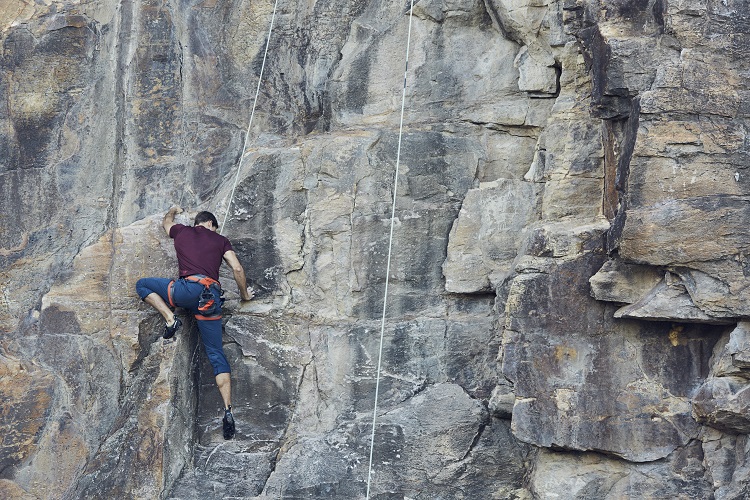
Top-rope climbing.
6. Mountaineering (Alpine Climbing)
The oldest, most adventurous and most dangerous type of climbing, mountaineering is where the climber ascends a mountain typically in alpine conditions. A mountaineer must have skills in climbing rock, ice and snow, a great knowledge of weather conditions, weather patterns and natural hazards (e.g. rockfalls or avalanches), and the courage and determination to stay focused when they are physically tested.
Mountaineering in alpine conditions. (Image courtesy Glenn Azar)
7. Scrambling
Scrambling is a hybrid activity that lies between hiking and rock climbing. A hike is often categorised as scrambling if hands must be used in the ascent but climbing equipment is not necessary. Well-known Australian mountains with scrambling sections include Mount Warning (Wollumbin), Mount Tibrogargan and Cradle Mountain.
Photo Credits
Image supplied by Glenn Azar
- Instagram @adventureprofessionals
- Website https://www.adventureprofessionals.com.au/
